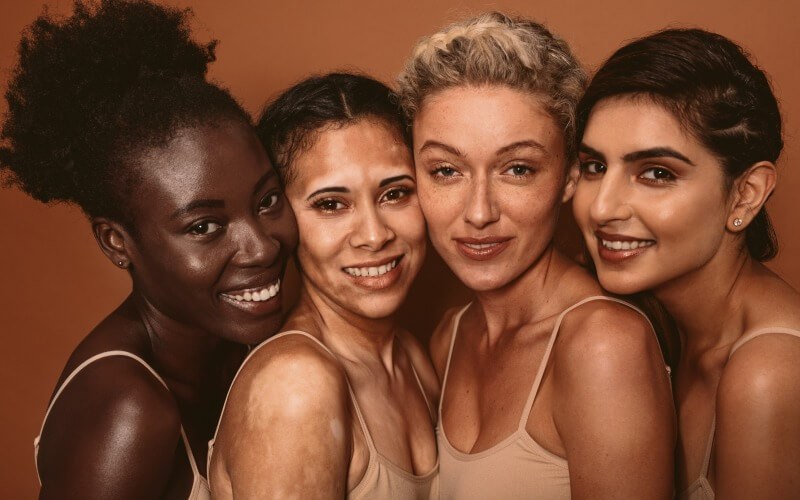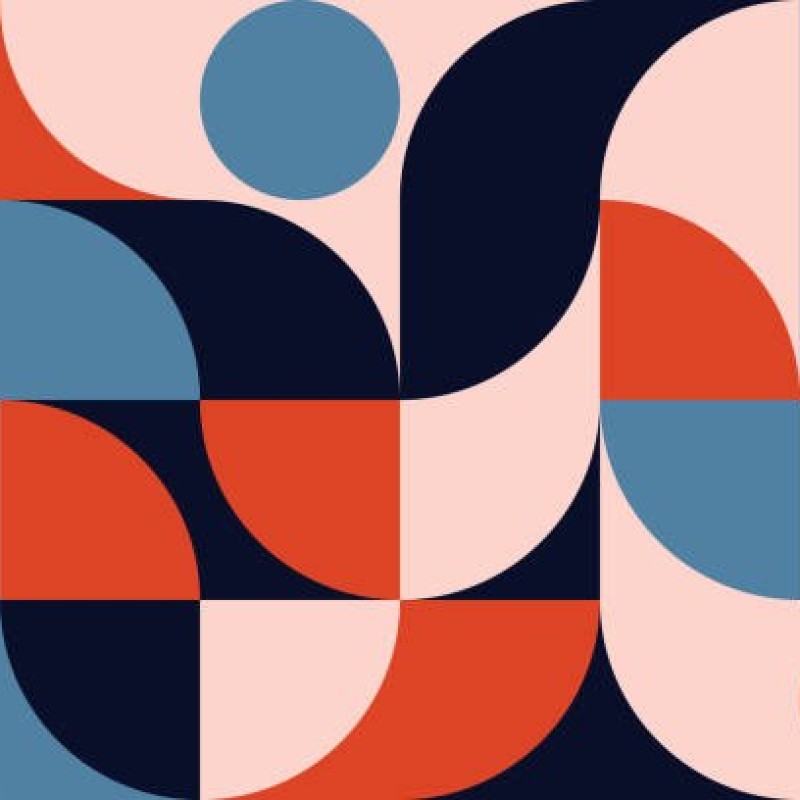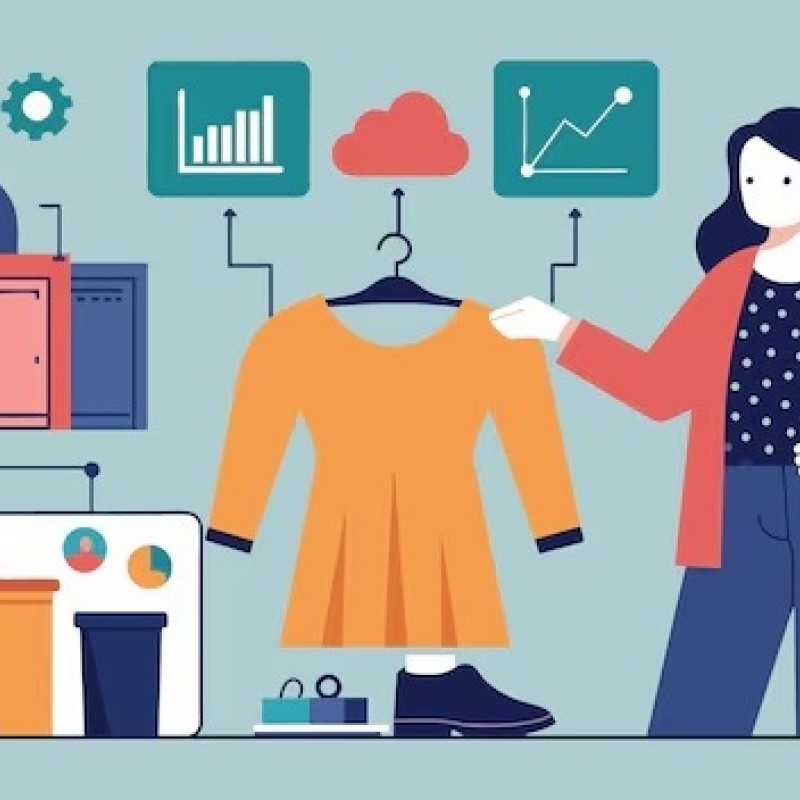In 2020, the Black Lives Matter movement brought racial injustices to light and triggered social justice initiatives around the world. And in the social landscape of the COVID pandemic, #MeToo movement and global economic crises, many industries vowed to be more inclusive and to reduce racism and sexism to improve equity.
The fashion world has been specifically criticised for perpetuating these problems, and many industry leaders have recently called for improving diversity and inclusion in the workplace. But why exactly are these initiatives important? Has any progress been made? We outline in this article what these concepts mean, why diversity is important and what’s being done in fashion to improve equity.
‘Diversity’ refers to the variety of people in a group regarding race, ethnicity, gender, sexual orientation, religion, age and abilities. The concept is used to describe how many differences are present among people in certain regions, companies, industries or organisations. ‘Inclusion’ refers to the process of creating an environment in which people of all kinds are valued and treated with respect and dignity. An important part of diversity and inclusion in the workplace is ensuring that all individuals feel a sense of belonging and are able to fully participate in the initiatives and culture regardless of who they are.
In work settings, the constructs of diversity and inclusion describe the makeup of a workforce as well as the policies and procedures for removing barriers. Organisations that prioritise building diverse teams foster high levels of respect and tolerance differences among employees and actively recruit and hire many different kinds of people. These types of companies actively work to include individuals from underrepresented groups, usually investing heavily in developing strategies and processes that require ongoing maintenance and adaptation. For example, Burberry has aimed to reach 25% ethnic diversity and 50/50 gender ratios at all levels, and in fiscal year 2021–2022, the company reported that 64% of new hires were women and 66% of internal promotions were women.
But why is inclusion important in the fashion workforce? It makes it easier for all workers to access opportunities, receive support and contribute to the company’s success. Brands that promote diversity and inclusion in the workplace might offer extensive diversity training, change recruitment procedures to seek out employees from underrepresented groups or strengthen policies against discrimination. To tackle racism and sexism and promote diversity initiatives, many of the most well-known fashion brands have started creating new departments and positions, such as chief diversity officer.
Even if you understand the importance of respecting differences, it might be hard to see why these topics are so crucial in fashion. In the fashion industry, 68% of employees of color and 51% of LGBTQ+ workers have reported problems with inaccessibility, yet only 37% of white employees and 41% of heterosexual employees said the same. And despite many more women than men pursuing fashion-related careers, there are few women CEOs and only about 14% of the top brands are run by women. Shining a spotlight on diversity and inclusion in the workplace and addressing these disparities in fashion is vital for two main reasons:
Fashion has a wide-ranging impact on society and culture – what the industry portrays and what standards it sets have an impact on many cultures around the world. For example, if a beauty campaign includes only white, blond models, it sends the message to the community that white, blond people are the most valued and desired. If an executive team includes only older men, it implies that anyone different from that norm is not as competent or deserving of those positions.
However, when a company promotes diversity, like Dove has since the launch of their Real Beauty campaign in 2004, it can trigger a massive change in the industry. Dove now has campaigns focused on topics ranging from celebrating Black natural hair to ending appearance-related hate, and many brands are following suit. Regarding gender, Prada Group is one of the most successful fashion companies making headway, with an executive leadership that is 50% female.
Over time, these tendencies become more commonplace and embedded in the zeitgeist and the way people think. And this power that fashion has to change cultural views and beauty standards means that it should be held to high standards and that it has the ability to improve trends related to equality worldwide.
The fashion world is particularly susceptible to negative practices related to inclusion because it tends to revolve around a culture of exclusivity. It highly values ‘who you know’ and highlights status and social class. And to break into the industry, experience is highly valued, but many of these opportunities are unpaid, located in expensive metropolitan areas or offered only to graduates of particular programmes. These restrictions result in a narrow pool of privileged candidates, making it difficult for less privileged individuals to start a career in fashion.
Many in the industry are pointing out that fashion needs to embrace diversity and inclusion in the workplace instead of exclusion. Consumers want brands to be more inclusive, and they are demanding change, and with the rise of e-commerce and direct-to-consumer retail models, it’s easier for brands to reach customers directly without the need for exclusive events, backing and hype. This direct communication allows brands to set their own values and be more in touch with their audiences’ expectations.

When a brand puts diversity initiatives at the forefront, it allows a wider range of customers to see themselves represented in the products and marketing campaigns. And when a company’s workforce is also diverse and inclusive, it promotes cultural understanding and acceptance, which can positively influence society as a whole.
Federica Pantanella, founder and director of Beyond Talent, a London-based fashion recruitment agency, has found that focusing on candidates’ expertise rather than gender, religion or skin colour has brought value to women in the industry. Through this experience, Pantanella noted that “a diverse mix of voices leads to better decisions, discussions and results for everyone. This is why whoever you are, and wherever you come from, we value you at Beyond Talent. Embracing diversity is essential for a recruitment company, as it not only enables us to attract a wider pool of top talents, but also foster a culture of inclusion and innovation that drives our success and helps us to better serve the unique needs of our clients".
And these aren’t the only benefits of prioritising efforts to improve diversity and inclusion in the workplace.
It is important for people of all backgrounds to see themselves represented in the fashion industry. This includes models, designers, photographers, executives and other industry professionals. Increasing diversity and fostering inclusion in fashion helps diversify images in the media as a whole and improves advocacy for underrepresented groups.
Particularly in fashion, diversity and inclusion in the workplace can help a company develop new ideas and processes. When too many of the same type of people get together, they often aren’t able to think outside the box. A diverse workforce, however, includes various perspectives and approaches to design, decision-making and problem-solving, leading to more well-rounded, inclusive solutions.
In inclusive environments, different kinds of customers can be reached and better served. Companies with more diverse marketing campaigns, product offerings and workforces not only attract a wider range of customers but improve their image and brand loyalty. And by building a reputation for transparency and ethical practices, they can attract new customers and stakeholders.
Companies that prioritise diversity and inclusion in the workplace increase employee satisfaction and retain and attract diverse top talent. When employees feel valued and respected and have a sense of belonging, they are more likely to be engaged and motivated in their work, remain loyal to their employers and work effectively and efficiently.
Many figures in the fashion world have been criticised for discrimination, racism, sexism, cultural appropriation and misrepresentation. Having a diverse workforce, from entry-level to C-suite, can help to prevent these problems by prioritising the input and perspectives of underrepresented groups. It also ensures compliance with relevant laws and regulations related to diversity and inclusion in the workplace.
It’s clear that the fashion industry has a significant impact on society and culture around the globe, so it’s crucial for the industry to reflect the diversity of society. Doing so can combat stereotypes, promote acceptance and understanding and improve equity in accessing fashion jobs.
Many fashion companies and stakeholders have committed to prioritising these initiatives, but are they following through with their promises? Although no one can be perfect all the time, many brands and organisations have made serious efforts.
This fashion recruitment agency matches senior-level talent with top companies in the field. It celebrates diversity and inclusion in the workplace and is committed to improving equity in fashion. Since opening in 2019, 45% of all the senior and executive candidates the company has placed in luxury, sports and digital companies have been women of various nationalities and ethnicity.
Founder and Federica Pantanella says, “We don’t just accept difference – we celebrate it, we support it, and we thrive on it for the benefit of our customers and employees. Whoever you are, and wherever you come from, we value you at Beyond Talent. This is our main commitment to diversity, equity and inclusion as a company. Because to help our customers create products that serve everyone, we believe in including everyone.”
Nike has invested a lot of time and money in strategies to strengthen diversity and inclusion in the workplace. Its initiatives include creating an inclusive culture, increasing representation in leadership, and partnering with organisations that support underrepresented communities. In 2019 alone, the brand increased representation of women at the director-level or higher by 2%, with the overall employee composition including 50% women. In U.S. offices in 2021, Nike increased the number of racial and ethnic minorities at the director-level by 4%, reaching 30%. Going forward, Nike plans to continue investing in historically Black colleges and universities, pursuing equitable pay and benefits and focusing on community career development and mentorship programmes.
Rhianna’s Fenty is known as one of the most inclusive and diverse fashion companies in terms of branding. This lingerie and makeup company offers gender-neutral products and about 50 different makeup shades so that people of all skin colours can be included. Fenty also uses models of various ages, sizes, abilities and ethnicities, and the vision is not to exclude anyone. Because Fenty has managed to position itself as both a luxury brand and an inclusive brand, it serves as a great example of how to pursue diversity and inclusion in the workplace.
After facing backlash in 2019 for racially insensitive designs, Gucci pledged to increase its diversity in the workplace. The company has since implemented training programs to promote inclusivity. 63% of the current general Gucci workforce is female, and 58% of management-level positions are held by women. Regarding race and ethnicity, Gucci significantly increased the number of Black, Asian and Hispanic and Latino employees, which reached 15%, 13% and 28%, respectively, in 2021. Marco Bizzarri, Gucci President and CEO, has also made a commitment to close the gender pay gap by 2025.
Improving diversity and inclusion in the workplace can lead to greater innovation in any industry, but in fashion it is particularly important because of its wide-ranging impact on media and society as a whole. The more that fashion brands prioritise diversity and inclusion, the better decision-making, financial performance and employee engagement they’ll see − and more important, the more equitable and fair society will be.
If you’re interested in learning more about workplace issues and important roles in fashion, see here:
https://beyondtalentrecruitment.com/blog/network-fashion
https://beyondtalentrecruitment.com/blog/what-is-a-creative-director-in-fashion
https://beyondtalentrecruitment.com/blog/how-to-become-a-fashion-editor
https://beyondtalentrecruitment.com/blog/health-and-wellbeing-fashion





Beyond Talent
Fashion Recruitment Agency
Specialising in Senior and Executive recruitment for the luxury fashion, lifestyle and beauty industries worldwide.
Head Office Address
20-22 Wenlock Road, London, N1 7GU
Contact Us